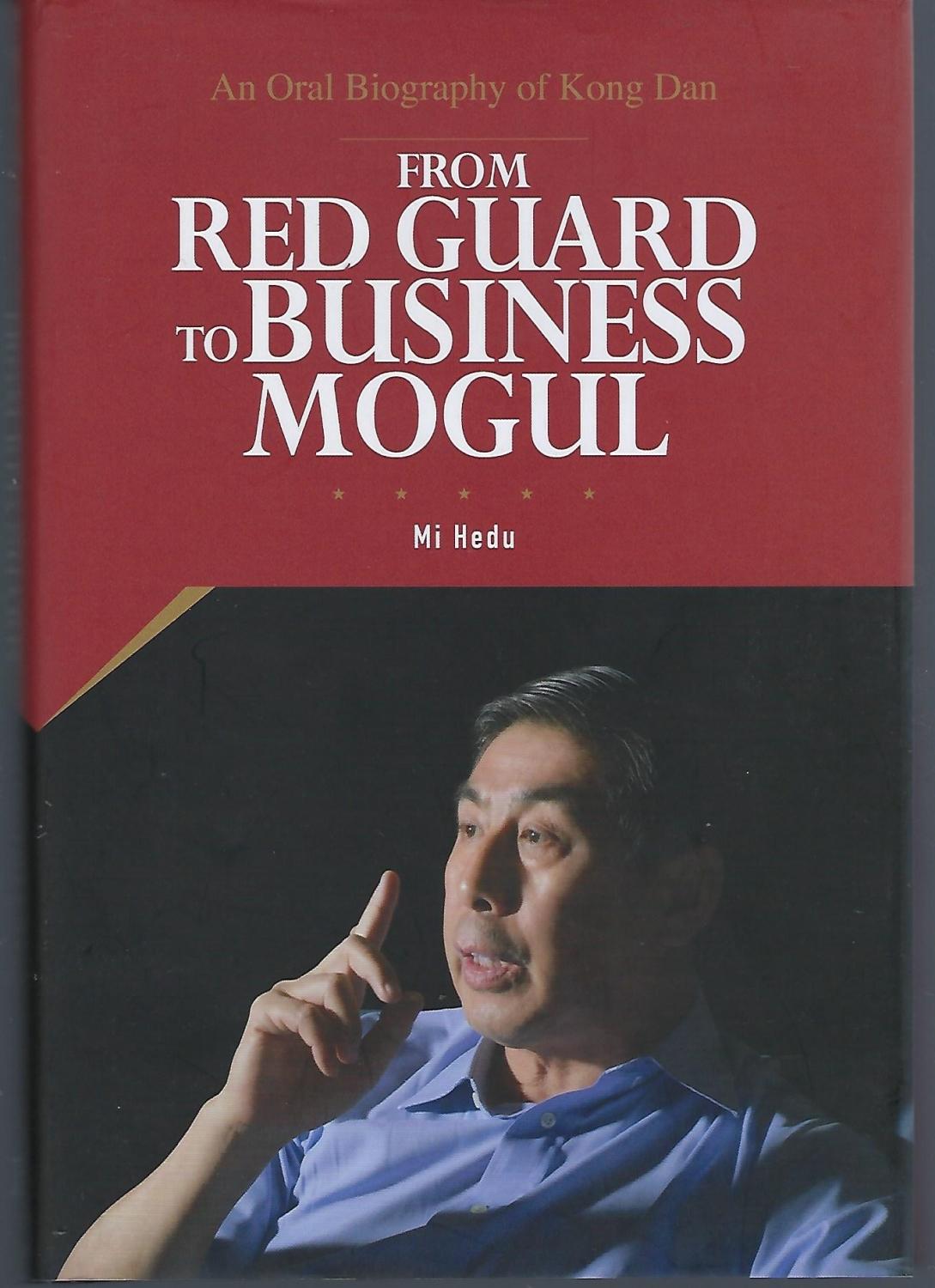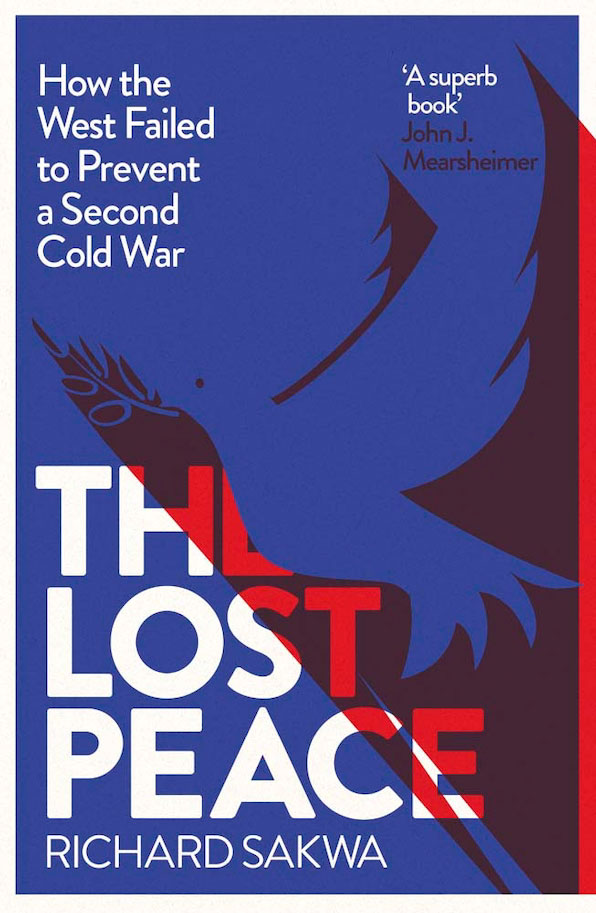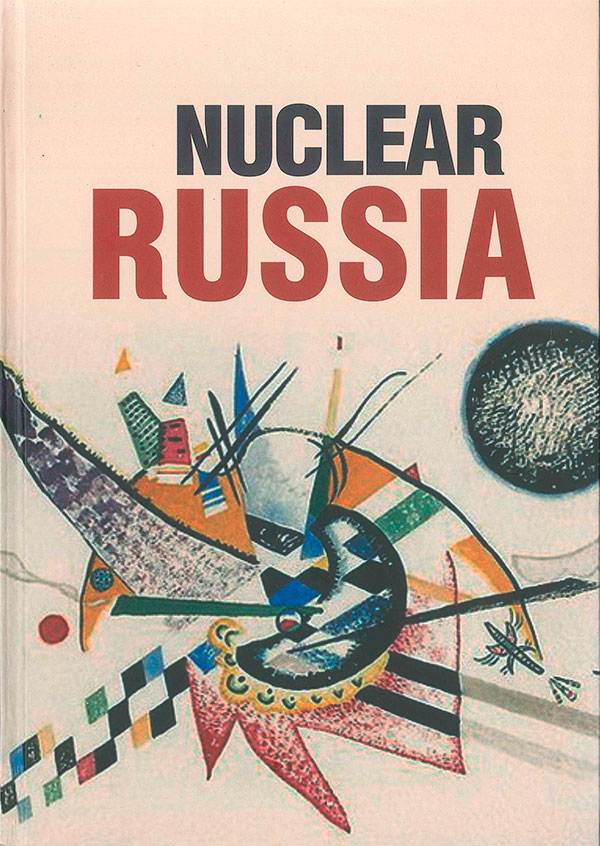... an undeclared tender for a new contract with the Trump administration
For the EU, Donald Trump’s ascension to power poses a challenge, although European leaders are not openly talking about it. The EU is seriously concerned not so much about NATO as a forum for a daily political dialogue with the United States as about the future substance of the north-Atlantic alliance’s policy. Trump has warned the EU that “business as usual” is unacceptable. Could a new “Trump Doctrine” ...
... and higher as having “a limited capability” to combat IBMs
[9]
.
Russia’s Fears
So what is the Russian side afraid of? Russia’s concerns are most fully formulated in the BMD-related materials of the
2012 Moscow Conference on International Security
. They boil down to the following points:
The third and now cancelled fourth phase of the EPAA threatens Russian IBMs and SLBMs (submarine-launched ballistic missile) in various flight trajectories.
Improvement of the SM-3 family ...
... states for "longer-term regional geopolitical results."
There seem to be several reasons why both theoreticians and practitioners in the Russian military-political establishment may find this analysis helpful, among them:
— The July 8-9 NATO summit in Warsaw that should make a decision on the deployment of rotational multinational battalions in Poland and the Baltic
[3]
.
— The resumption of the Russia-NATO Council sessions.
— Continued mutual accusations about planned and surprise exercises by both sides.
The End of the Long Peace
CEPA report «Frontline Allies: War and Change
in Central Europe»
Rhythmical changes between war and peace have been quite normal for the greater part of ...
... of the
International Luxembourg Forum
on Preventing Nuclear Catastrophe and the
Nuclear Threat Initiative
“Preventing the Crisis of Nuclear Arms Control and Catastrophic Terrorism”, which took place on the 1st of December, 2015 former Senator Sam Nunn, Co-Chairman of the Nuclear Threat Initiative made a speech where he put forward some pressing international issues. Highlighting the crucial role of a sound and open dialogue between Russia and the US, Senator Nunn urged international ...
... calling for the United States to ramp up its military presence in these countries.
The Polish Institute of International Affairs (PISM) released one such
report
in August 2015: “U.S. Military Presence in Central and Eastern Europe: Consequences for NATO Strategic Adaptation, Deterrence and Allied Solidarity”.
The author of the paper, Artur Kacprzyk, calls for increasing the number of U.S. troops in Central and Eastern Europe, taking into account the fact that the United States has been a more ...



